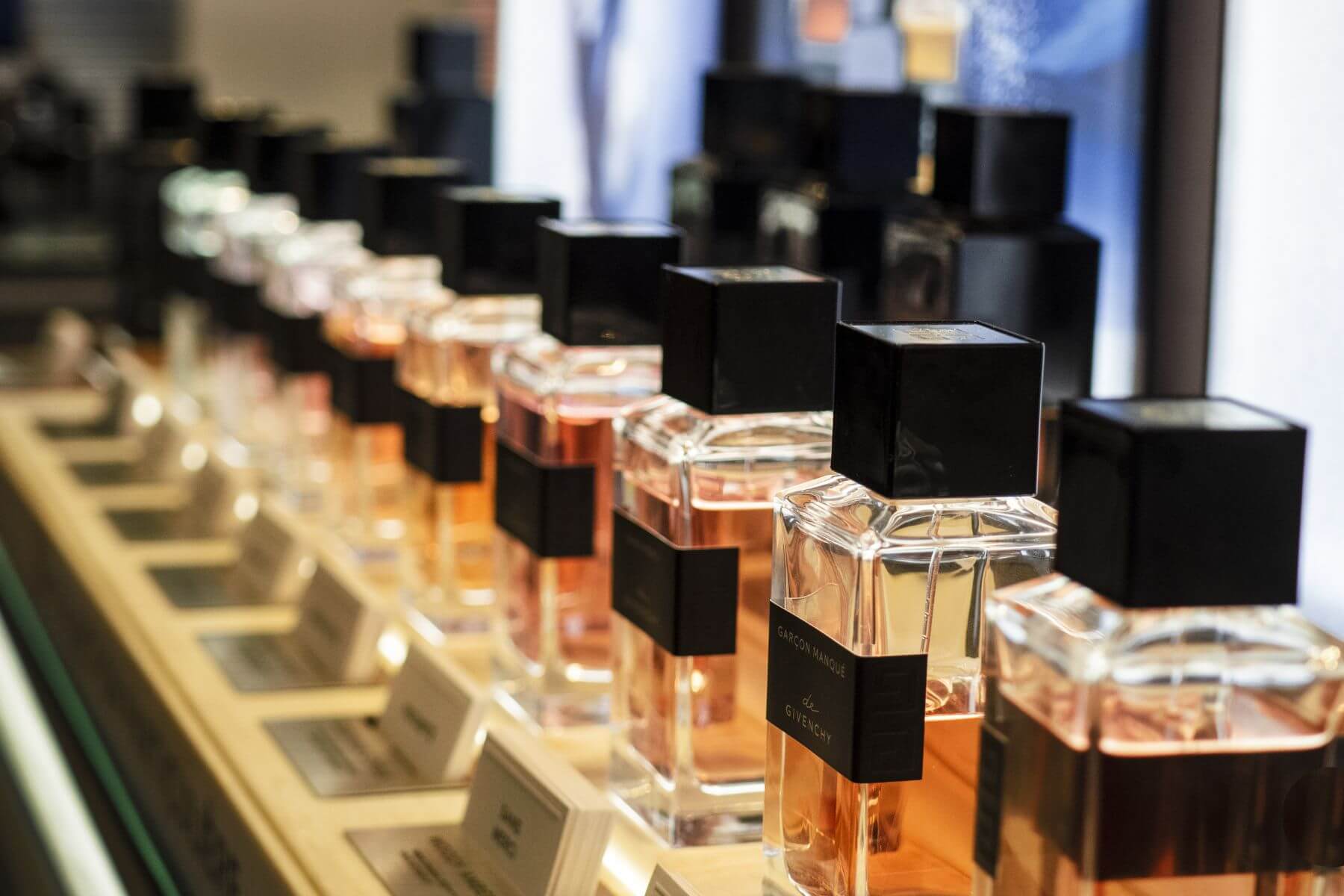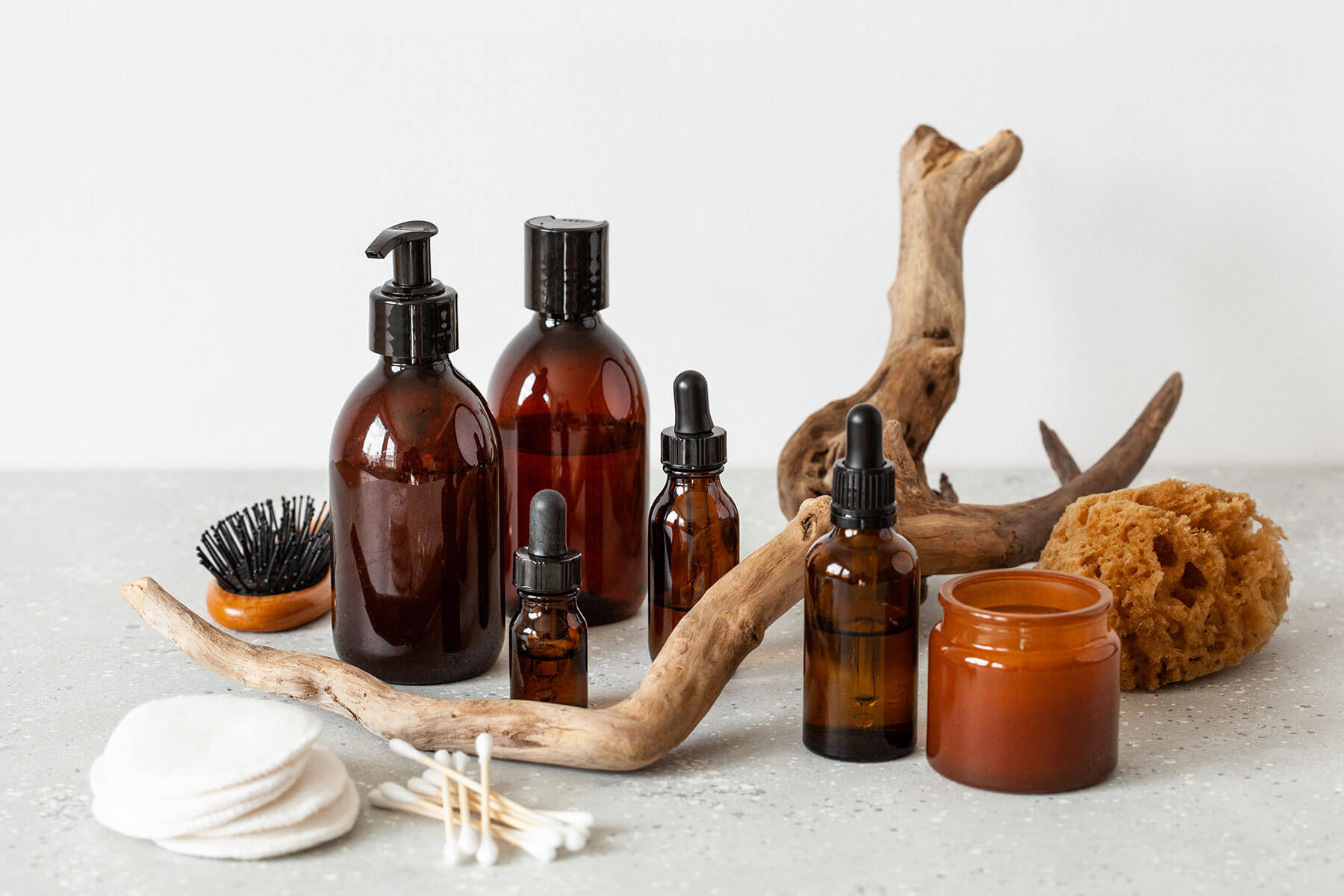1. Understanding your campaign’s true value
This one almost goes without saying. By tracking revenues from an influencer campaign, you can clearly see the true value of your partnership, and understand if it was successful or not. After measuring a number of campaigns, it will also become easier to start benchmarking, and to set realistic expectations and goals for future paid content, putting high or low sales figures into sharper context.
Measuring earned media value (EMV) is important, but marketing managers need to demonstrate a positive ROI to help grow their future influencer budgets. Your objectives will determine what type of influencers your brand needs to identify and build better relationships with. If you are looking to drive sales,influencers who create revenue are most important, but if brand awareness is your goal, those who generate high reach numbers are what you need.
Having the right data can help you justify spend and/or budget, especially as talk of recession is increasing and brands are under pressure to back up expenditure with data.
2. Putting changing algorithms into context
It’s not just how beauty lovers use social media that’s changing; the platforms themselves are going through a transformation too. This is especially noticeable on Instagram, where the algorithm has been the subject of much debate in recent months. Many influencers have been vocal about significant drops in reach and engagement, which adds another layer of complexity for brands trying to understand how impactful their campaigns truly are. This is where tracking revenue becomes all the more pertinent, allowing you to put these platform changes into context, and start to see what this will mean for your future campaigns.
3. Testing content types to refine your approach
Part of the beauty industry’s huge success on TikTok comes down to a high volume of authentic looking content, and it’s now having a noticeable effect on what performs across Instagram, Facebook and YouTube too. To understand what this means for content performance, we recommend testing different types of posts and captions, so you can see what works for your brand in the influencer space. This could mean experimenting with messaging (highlighting different benefits to see what resonates) or comparing how many sales a ‘before and after’ post can drive versus a tutorial or review. Ultimately, you want these content types to boost your brand’s revenue (not just likes and reach), so reviewing the sales they encourage is key to refining future content briefs.
In addition, understanding sales can help you establish best practises on each platform to enhance your brand messaging and conversion. Remember: the style of content that works on TikTok won’t necessarily be as impactful on Instagram or YouTube, so a testing and learning process is key to success.
4. Deciding who to work with in the future
Long-term beauty brand partnerships feel more authentic than one-off collaborations, as they demonstrate true interest and loyalty from the influencer. As such, brands should be looking to identify lasting ambassadorships, and revenue data will enable them to make fact-based decisions about who to recruit. After running two to three campaigns with your chosen talent, you should have a clearer picture of whether they have the right audience and content style to accelerate your social commerce sales.
Up next: Discover the top UK beauty influencers from Q1 of 2022.





